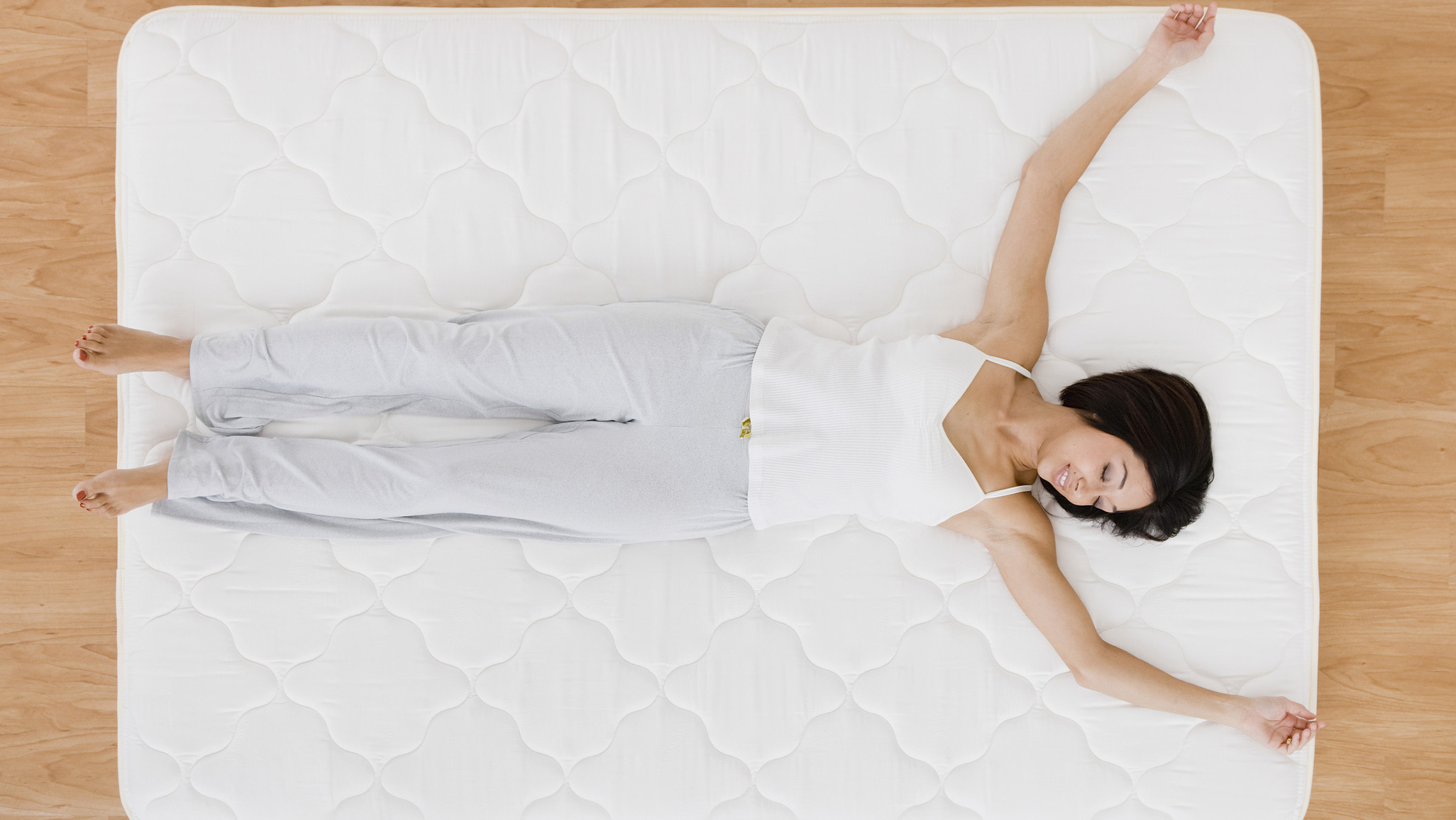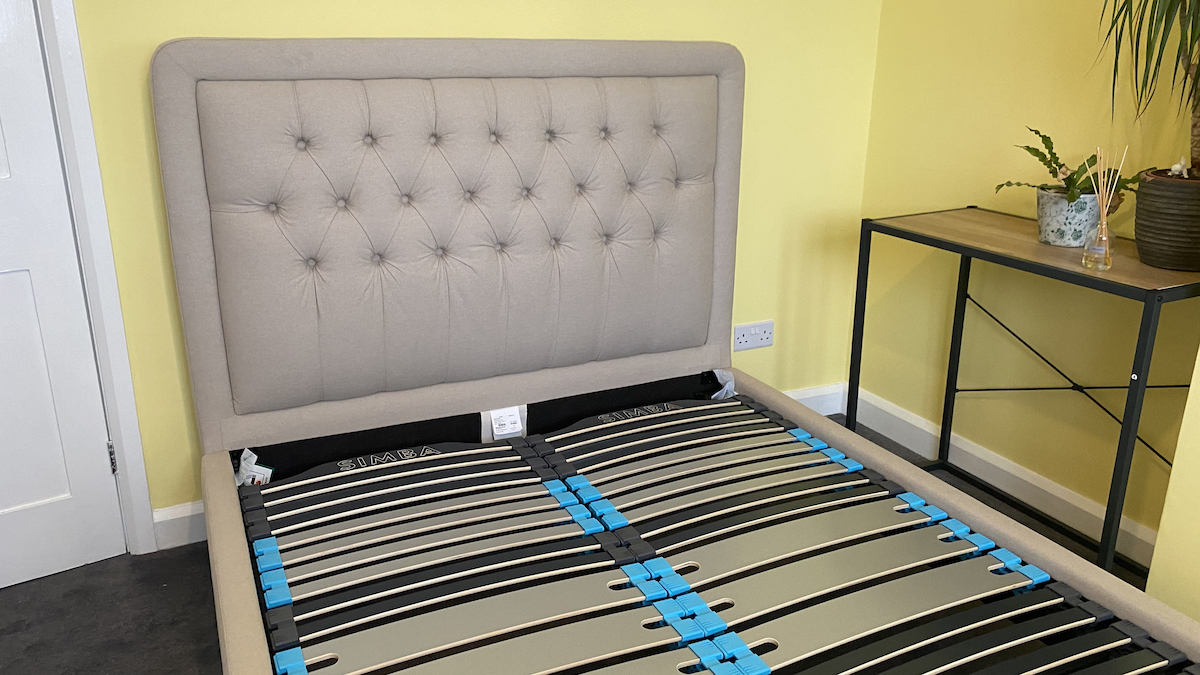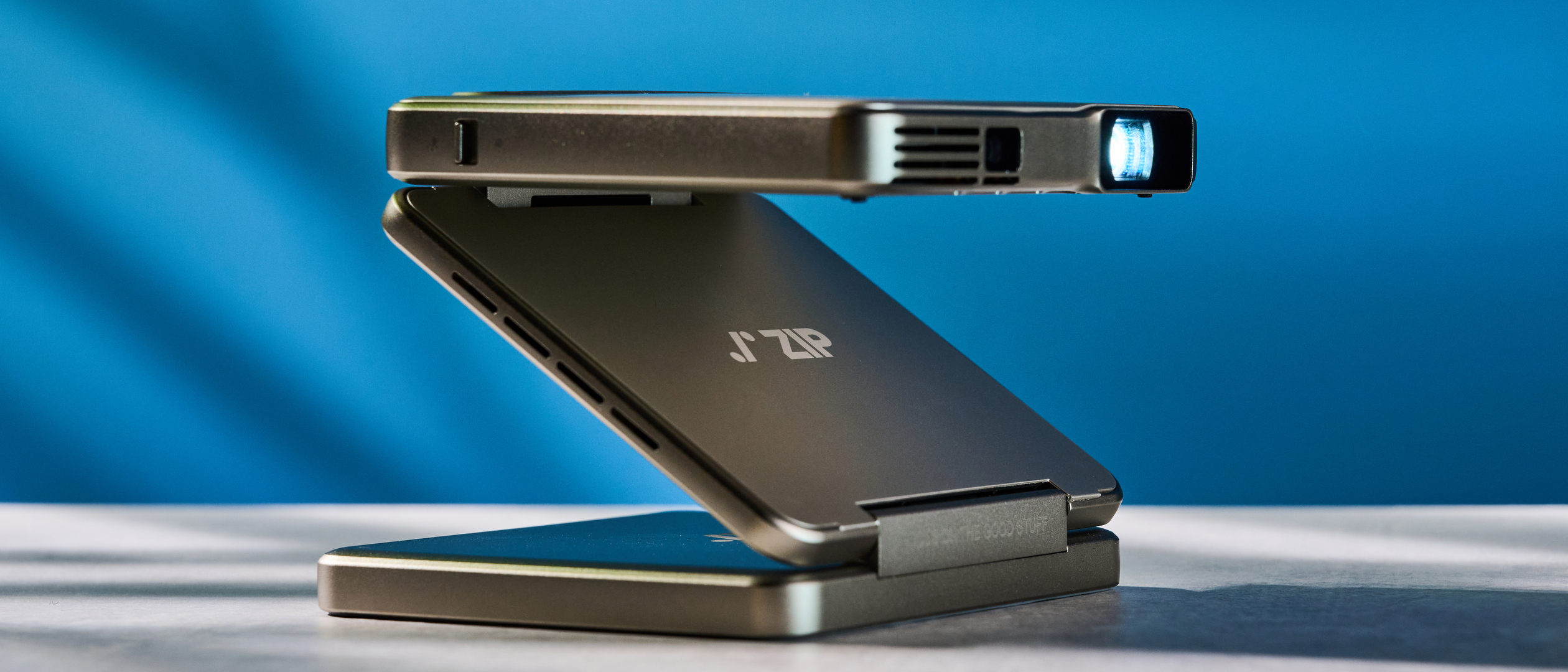7 ways you’re damaging your memory foam mattress — and what to do instead
From the wrong bed frame to it getting wet, these common mistakes could be damaging your memory foam mattress

Nectar's best Black Friday saving is already live – no need to wait for Black Friday itself
(Image credit: Nectar Sleep)Memory foam mattresses have become a popular choice for anyone looking for a comfortable and pressure-relieving sleep experience. But despite their durability, even the best mattress is not immune to damage. You may be unwittingly engaging in habits that shorten the lifespan of your memory foam bed, compromising its performance and ultimately disrupting your well-deserved rest.
If you're thinking of buying one of this year's best memory foam mattresses or you have recently purchased one and want to know what you can and can't do with it (beside sleeping on it, of course), this article is a good place to start. From improper cleaning methods and unsuitable foundations to excessive heat exposure, we’ve put together just some of the ways that you may be unknowingly damaging your memory foam mattress.
Of course, if your bed is already showing signs of irreversible damage or you just fancy upgrading your sleep experience and treating yourself to a new one, check out our Black Friday mattress deals guide where you'll find the best prices on our top memory foam recommendations from the likes of Nectar, DreamCloud, Saatva and others.
7 ways that you could be damaging your memory foam mattress

1. You're laying it mattress directly on the floor
It can be tempting to place your mattress on the floor for a few weeks, especially if you’ve just moved into a new place or have not found the perfect bed frame yet. But this is one of the worst things you can do for both you and your mattress.
For starters, by placing your memory foam mattress on the floor, you’re not going to be getting the right level of support, especially if you live in an older home where your bedroom floor may not be totally flat. You need your mattress on a firm, even surface for proper weight distribution and spinal alignment. Plus, side sleepers will really suffer as the hard surface will not give the memory foam an ample chance to contour to the body for all-over support.
However, a potentially bigger problem caused by laying your mattress directly on the floor is the risk of mattress mold and mildew build-up. That’s because when your memory foam mattress is on the floor, there’s no airflow, so heat and moisture get trapped between the layers and will eventually start to go moldy. Not only does this look and smell awful, sleeping on a moldy mattress has terrible health consequences.
What to do instead: Always lay your memory foam mattress onto a bed frame. Your mattress requires a firm, even surface to properly support you, plus being elevated off of the floor will boost air circulation and prevent mold build-up.
Sign up to get the BEST of Tom's Guide direct to your inbox.
Get instant access to breaking news, the hottest reviews, great deals and helpful tips.
2. You're exposing your mattress to extreme heat
Memory foam gets softer with heat. Those familiar with sleeping on a memory foam mattress will know that after sleeping for several hours, your memory foam mattress will have softened so that it contours to your natural body shape. This is the memory foam reacting to your body heat.
However, if your entire mattress was warm it would offer little to no support. Not only that, but intense heat sources such as electric blankets or hot water bottles can interfere with the structure of the foam and ultimately break down the layers, shortening its overall lifespan.
It is also worth noting that if you’ve opted for an all-foam mattress, then you will naturally feel warmer when you sleep. This is because whilst the foam needs your body heat to soften it so it gives excellent support, it also holds on to that heat and, when there’s nowhere else for it to go, pushes back up through the mattress.
What to do instead: If you’re worried about getting cold at night and want to avoid exposing your memory foam mattress to heat, then take a look at your duvet. Some of the best duvets use a hybrid design, which will help keep you toasty in the winter and cool in the summer months.
3. You're using water to clean it
Memory foam is a very porous material, so you need to do your very best not to get it wet. If a memory foam mattress does get wet, then it’s likely that it will lead to mold and mildew growth within the layers, which can be detrimental to your health.
Getting the mattress wet also leads to a material breakdown, which will not only reduce the supportiveness of the mattress but also decrease its overall lifespan. Moisture can also lead to really unpleasant odors that you just won’t be able to get rid of, which is not conducive to a relaxing sleep environment.

What to do instead: Of course, accidents happen. If you do spill something on your mattress, then it’s important to act quickly to mop up any excess liquid. Don’t rub or scrub the wet area, as this can cause the moisture to go even deeper into the foam layers. Instead, blot the area gently until your paper towel isn’t showing signs of liquid. Make sure that you leave it to air dry completely before covering it with your bed sheets.
4. You're not using a decent mattress cover
How often you should replace a memory foam mattress can depend on how well it's protected from everyday wear and tear. There are several benefits to investing in a decent mattress cover for your memory foam mattress. The best mattress protectors shield your memory foam mattress from spills, stains, and other potential damage. This is incredibly important because, as we highlighted above, memory foam is sensitive to liquids.
A good mattress cover can also extend the life of your memory foam mattress. It offers a barrier to wear and tear as it acts as a protective layer, preventing the mattress from being directly exposed to body oils, sweat, and other bodily fluids that can find their way onto the mattress over time.
Also, it may be a good idea to check your mattress warranty requirements. Some companies specify that a mattress cover should be used in order to maintain the warranty. And even specify that any stains or damage to the mattress that occur when a mattress protector isn’t in use could void the warranty.
What to do instead: Invest in a decent mattress protector. Not only will it potentially prolong the life of your memory foam mattress, it can also help when it comes to cleaning because mattress covers are generally easy to remove and are machine washable.
5. You're flipping your memory foam mattress
If you’ve changed from a regular mattress to a memory foam mattress, you can be forgiven for thinking that you need to flip it over every couple of months to ensure that each side of your mattress gets equal wear. But this is a huge no-no when it comes to memory foam mattresses as they are simply designed not to be flipped.
Memory foam mattresses are made differently. Of course, the construction depends on which brand you opt for, but they are generally made up of layers, each of which serves a specific purpose in providing you with the right level of support and comfort. If you flip this mattress, you’re going to lose those benefits, and it could result in an uncomfortable sleeping surface.
Most memory foam mattresses are designed to be non-symmetrical, so one side is intended to be the sleeping surface while the other is the support structure. You also risk damaging your mattress because they’re not built to withstand the pressure and wear that comes with being flipped on a regular basis.
What to do instead: Don't flip your memory foam mattress. Not only do you not need to, it is worth pointing out that a lot of manufacturers will specify that the mattress should not be flipped in order to maintain the intended coverage or risk voiding its warranty.
6. You're not using the right bed frame

Despite what some mattress manufacturers say on their websites, memory foam mattresses cannot be used on any old bed frame. They should be used on an even surface, so a solid base like a platform or a slatted base.
As we explain in our guide to the best bed frames and bases, slatted bases are perfect for memory foam mattresses as they allow plenty of air circulation around the mattress, which significantly reduces heat and moisture retention.
The one base that should not be used when you purchase a memory foam mattress is a spring base. This is because the springs are often placed too far apart, which will cause damage to the structure of the mattress and encourage sagging and dipping. If you like a little bit of bounce on your bed, it’s worth checking out a hybrid memory foam mattress with added springs, such as the Simba Go (read our Simba Go mattress review for more on that bed).
What to do instead: Lay your memory foam mattress on a slatted bed base, and ensure that you have the right setup. Slats should be between 3.5 to 6 inches in thickness and it is a good idea to minimize the space between the slats so they should be spaced no more than 2.75 inches apart. This will help create a more stable surface for your mattress whilst promoting excellent airflow and giving you the optimum amount of support.
7. You're not rotating it often enough
OK, so you can’t flip your mattress, but you can rotate it. In fact, if you’re not rotating your mattress every six months, then you’re running the risk of sagging and permanent indentations.
When you rotate a mattress, the compression from your body weight is distributed more evenly, so it saves certain areas from wearing out faster than others. This then means that you get a more consistent level of support, which in turn leads extra comfort and a better night's sleep for you.
Memory foam relies on its ability to contour to your body shape, so if you’re using it in one single position then, over time, it will lose its responsiveness. This will lead to dips in the bed. Check the particular care instructions of your mattress to see what your manufacturer recommends, but it’s typically recommended to rotate it 180 degrees (head to foot). It can be a heavy job, although made easier by some manufacturers who’ve included helpful handles on their beds. For examples of these, read our Origin Hybrid mattress review and our Lola Cool Hybrid mattress review.
What to do instead: Rotate your mattress by 180 degrees (head to foot) every six months to prevent permanent indentations and sagging. This is a heavy job, so opting for a mattress with handles will help.

Rachael is a freelance journalist based in South Wales who writes about lifestyle, travel, home and technology. She also reviews a variety of products for various publications including Tom’s Guide, CreativeBloq, IdealHome and Woman&Home. When she’s not writing and reviewing products she can be found walking her Sealyham and West Highland terrier dogs or catching up on some cringe-worthy reality tv.
- Nicola AppletonSleep Editor
